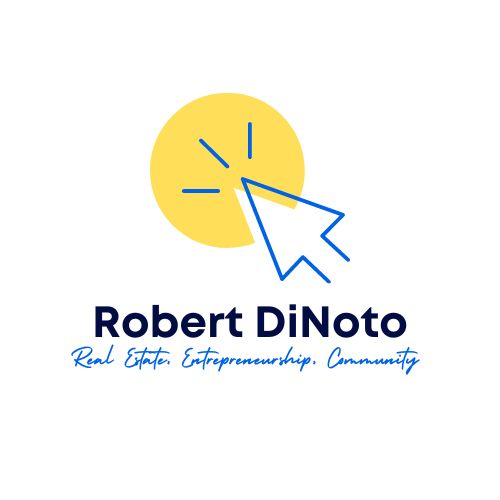Ground-up real estate development is not for the faint of heart. Unlike value-add or turnkey projects, building from scratch—whether it’s a high-rise residential tower or a suburban commercial plaza—requires vision, capital, patience, and a strong stomach for risk.
What Is Ground-Up Development?
Ground-up development refers to creating a property entirely from scratch. This includes:
- Acquiring raw land
- Navigating zoning and entitlements
- Designing the structure
- Managing construction
- Securing lease-up or sale post-completion
It’s a high-stakes chess game where every move—permits, financing, design decisions—can make or break your profit margins.
Why Developers Still Choose It
Despite the risks, ground-up offers huge upsides:
- Customization: Total control over layout, amenities, and design.
- Market Fit: Ability to cater to current demand (e.g., live/work spaces or green-certified buildings).
- Equity Creation: Investors often see higher returns due to increased value from raw land to finished asset.
The Financing Puzzle
Securing financing is often the hardest part. Ground-up projects are inherently riskier, and lenders know it. Most projects are funded with a blend of:
- Equity from sponsors or investors (20–40%)
- Construction loans from banks or private lenders
- Mezzanine debt to fill gaps in capital stacks
- Bridge financing post-completion while leasing up
Pro tip: Always overestimate costs and timeframes. Construction delays and material price fluctuations are almost guaranteed.
Navigating Community and Red Tape
Community boards, zoning departments, and environmental reviews can delay a project for months—or kill it outright. Successful developers know how to:
- Build goodwill with local stakeholders
- Address concerns (traffic, noise, gentrification)
- Be flexible with design and usage
Final Thoughts
Ground-up development is a long game. From dirt to ribbon-cutting can take 18–36 months or more. But for those who can weather the storm, the payoff isn’t just financial—it’s the satisfaction of creating something tangible, lasting, and impactful.

